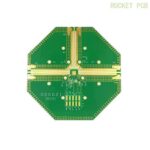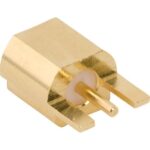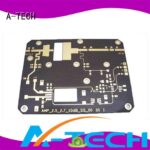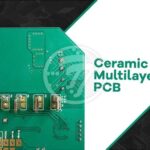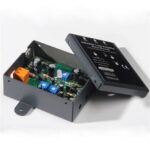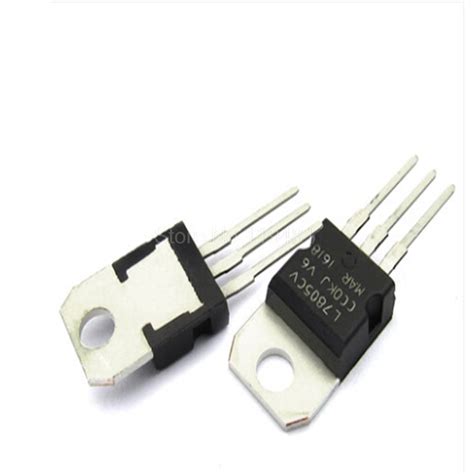
ALL ABOUT FLEX PCB
-
LM7805 Circuit: Voltage Regulator IC Overview
Posted by
–
 Read more: LM7805 Circuit: Voltage Regulator IC Overview
Read more: LM7805 Circuit: Voltage Regulator IC OverviewIntroduction to the LM7805 Regulator The LM7805 is a three-terminal positive voltage regulator IC that can supply up to 1.5A of current. It is designed to maintain a constant output voltage of 5V, making it suitable for powering various electronic components and circuits that require a stable 5V supply. Key […]
-
Graphic Overlay-Wonderful And Remarkable Skill
Posted by
–
 Read more: Graphic Overlay-Wonderful And Remarkable Skill
Read more: Graphic Overlay-Wonderful And Remarkable SkillWhat is Graphic Overlay? Graphic overlay is the process of combining multiple visual elements into a single composition. This can include photographs, illustrations, text, and other graphics. The goal of graphic overlay is to create a cohesive and compelling visual message that communicates a specific idea or emotion. Element Description […]
-
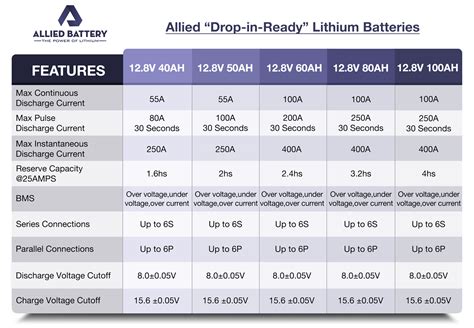 Read more: 18650 Battery Specifications – Essential for Implementing Any Technical Design
Read more: 18650 Battery Specifications – Essential for Implementing Any Technical DesignWhat is an 18650 Battery? An 18650 battery is a rechargeable lithium-ion cell with a cylindrical shape, measuring 18mm in diameter and 65mm in length. The “18650” designation refers to these dimensions. These batteries have gained popularity due to their high energy density, long lifespan, and versatility in various applications, […]
-
What is Edge Connector Bevelling?
Posted by
–
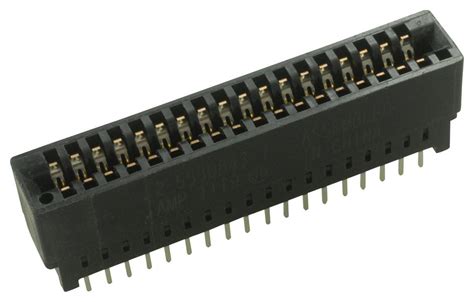 Read more: What is Edge Connector Bevelling?
Read more: What is Edge Connector Bevelling?Introduction to Edge Connector Bevelling Edge connector bevelling is a crucial process in the manufacturing of printed circuit boards (PCBs) and other electronic components. It involves the precise shaping and smoothing of the edges of PCB Connectors to ensure proper fit, reliable connections, and improved durability. This article will explore […]
-
 Read more: Attiny84 Datasheet: Its Pin Configuration and Programming Steps
Read more: Attiny84 Datasheet: Its Pin Configuration and Programming StepsIntroduction to Attiny84 The Attiny84 is an 8-bit AVR microcontroller that comes in a 14-pin package. It offers a good balance between size, performance, and power efficiency, making it suitable for a wide range of embedded applications. With its rich set of peripherals and low power modes, the Attiny84 is […]
-
What is Halogen Free PCB
Posted by
–
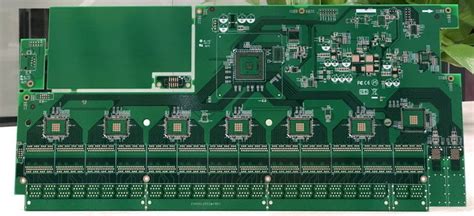 Read more: What is Halogen Free PCB
Read more: What is Halogen Free PCBIntroduction to Halogen-Free PCBs In recent years, there has been a growing concern about the environmental impact and health hazards associated with the use of halogens in printed circuit boards (PCBs). Halogens, such as chlorine and bromine, have been widely used in the manufacturing of PCBs due to their excellent […]
-
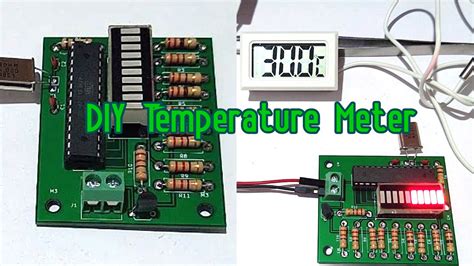 Read more: PCB Temperature: A Guide to How to Manage High Temperatures
Read more: PCB Temperature: A Guide to How to Manage High TemperaturesIntroduction to PCB Temperature Printed circuit boards (PCBs) are essential components in most modern electronic devices. They provide the foundation for mounting and interconnecting various electronic components. However, one critical factor that can significantly impact the performance and reliability of PCBs is temperature. High temperatures can lead to a range […]
-
PCB Trace Thickness-What You Should Know
Posted by
–
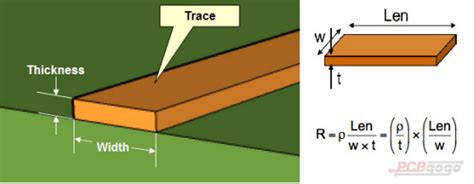 Read more: PCB Trace Thickness-What You Should Know
Read more: PCB Trace Thickness-What You Should KnowWhat is PCB Trace Thickness? PCB trace thickness refers to the thickness of the copper traces on a printed circuit board. These traces are the conductive paths that carry electrical signals and power between components on the board. The thickness of these traces is typically measured in ounces of copper […]
-
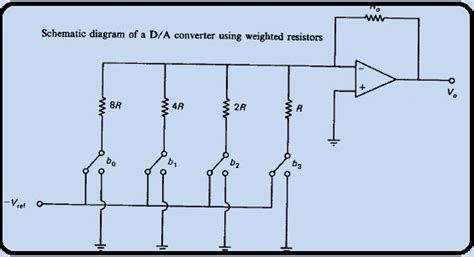 Read more: Types of DAC: Basics on Digital to Analog Converter ICS
Read more: Types of DAC: Basics on Digital to Analog Converter ICSWhat is a DAC? A DAC is a device that takes a digital input signal, typically in the form of binary code, and converts it into a corresponding analog output signal. The analog signal can be in the form of voltage, current, or charge. DACs are used in a wide […]
-
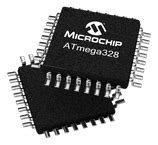 Read more: Atmega328p vs Atmega328- Features, Differences, and Similarities
Read more: Atmega328p vs Atmega328- Features, Differences, and SimilaritiesIntroduction to Atmega328 Microcontrollers The Atmega328 is a popular 8-bit microcontroller from Microchip (formerly Atmel). It is widely used in Arduino boards and other embedded systems due to its low cost, ease of use, and versatile features. There are two main variants of the Atmega328 microcontroller: – Atmega328 – Atmega328p […]
